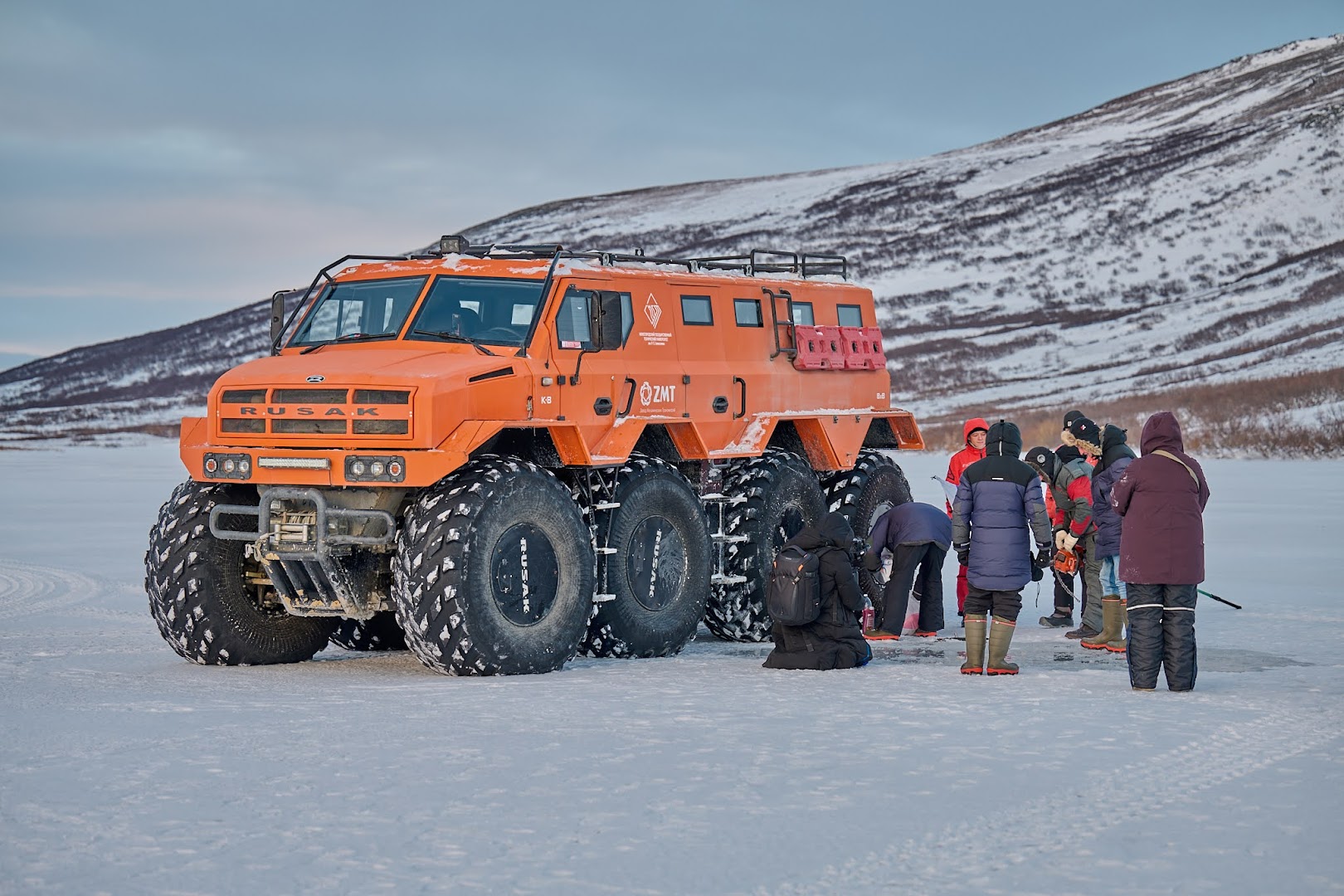Scientists and specialists of the Moscow Institute of Physics and Technology have completed their three-day expedition to the site of the future construction of the IAS “Snowflake”. During the trip, specialists examined the bottom of the lake (located near to the future station), conducted additional studies of the climatic and geographical features of the territory and tested the experimental samples of the “Snegir” (bullfinch) electric snowmobiles, lithium-ion batteries and a charger for light off-road electric vehicles.
“The expedition was very dynamic and positive. We set ourselves specific practical tasks by testing experimental samples of products in the conditions of the Far North. Successful trials give us a new impetus to action! Based on the trials, together with our partners we are expanding the list of modifications of experimental electric off-road equipment: both for the Arctic and for the Far East.
Although testing of machinery, equipment and overalls are accompanying studies, this does not diminish the importance of their conduction. In the Arctic climate conditions, we are testing many devices for the first time; this allows us to obtain complete information about the territory, to predict how the equipment will behave in certain conditions, and, if necessary, we can tweak something,” said Yuri Vasiliev.
Note:
Electric snowmobile “Snegir” is a Russian product, which has 30 horsepower and capable of reaching a speed of 60 km / h. It works completely on batteries and one battery charge is enough for 80 km on the tundra; the recharging will be carried out using hydrogen energy (in calm weather - hydrogen fuel cells). “Snegirs” will become the main transport for the movement of scientists and guests at the station.
“The expedition was very dynamic and positive. We set ourselves specific practical tasks by testing experimental samples of products in the conditions of the Far North. Successful trials give us a new impetus to action! Based on the trials, together with our partners we are expanding the list of modifications of experimental electric off-road equipment: both for the Arctic and for the Far East.
Although testing of machinery, equipment and overalls are accompanying studies, this does not diminish the importance of their conduction. In the Arctic climate conditions, we are testing many devices for the first time; this allows us to obtain complete information about the territory, to predict how the equipment will behave in certain conditions, and, if necessary, we can tweak something,” said Yuri Vasiliev.
Note:
Electric snowmobile “Snegir” is a Russian product, which has 30 horsepower and capable of reaching a speed of 60 km / h. It works completely on batteries and one battery charge is enough for 80 km on the tundra; the recharging will be carried out using hydrogen energy (in calm weather - hydrogen fuel cells). “Snegirs” will become the main transport for the movement of scientists and guests at the station.
